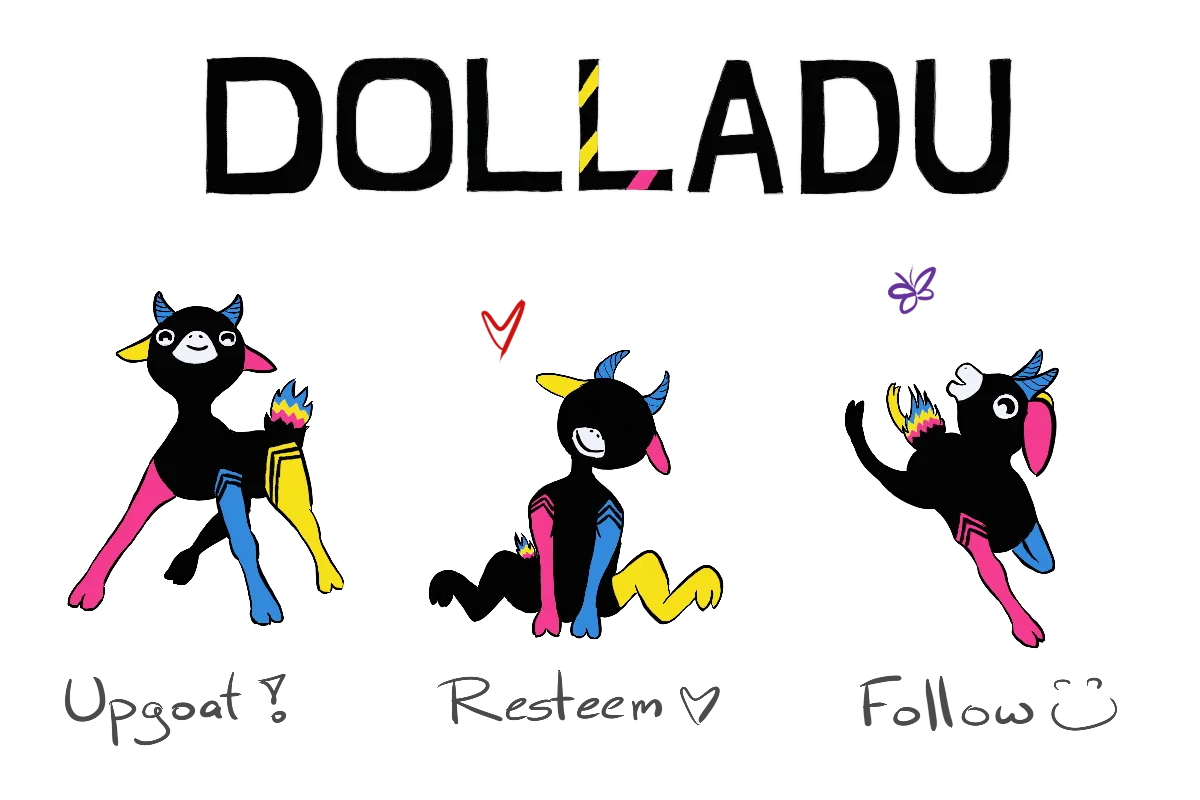It doesn't matter where you're from, everyone can appreciate a good session at Yum Cha.
In simplified Chinese, 饮茶 (Yum Cha) has the literal translation for '"drink tea". The traditional Chinese brunch involves drinking Chinese tea and dim sum. This practice is most popular in Cantonese-speaking regions of China such as Guangdong and Guangxi. It is also very popular in the regions of Hong Kong and Macau, and obviously, has since spread all around the world, and right here in Adelaide!
Yum Cha consists of small portions of steamed, pan-fried and deep-fried dim sum dishes served in bamboo steamers. These are designed to be eaten communally whilst being washed down with tea.


Fun Fact, In Fact: Yum Cha is a literal translation for 'drink tea'. Dim Sum is sometimes interchanged with Yum Cha, however refers to the range of small dishes, where as Yum Cha refers to the entire meal. That made sense, right?
It is customary to pour tea for your fellow companions prior to filling your own teacup. It is also considered good manners to be the first to pour tea. Tea drinkers may tap the table with two (sometimes one) fingers of the same hand, in a gesture known as finger kowtow, symbolizing thank you. It is also considered rude to fill the teacup fully; it is preferred to be poured about 80% full.
"茶满欺客,酒满敬人" A full cup of tea is fraud, but a full cup of alcohol is a sign of respect.
The teapot lid should also be left open or ajar to signify for a refill.
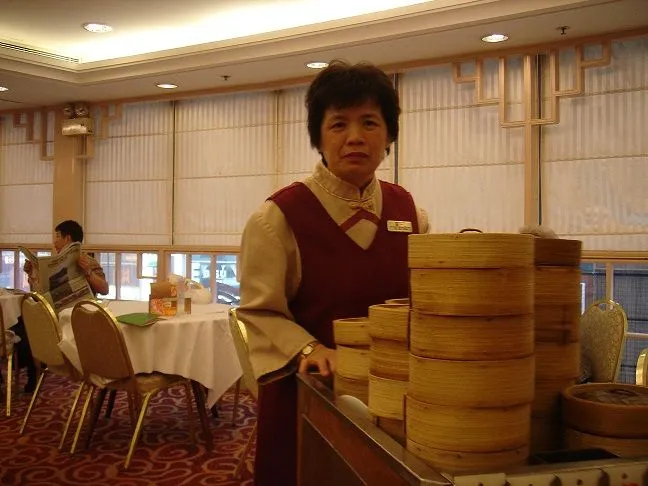

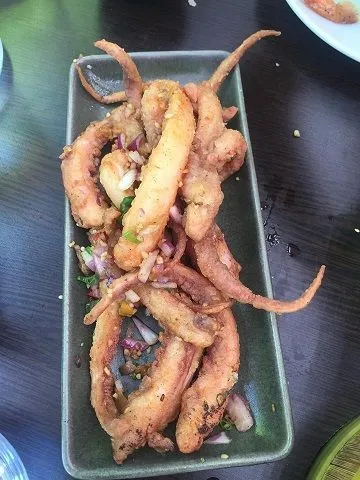
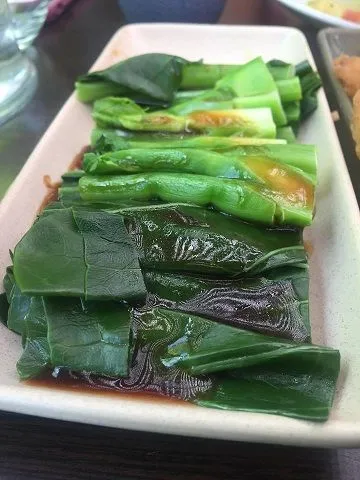
Groups may also order a noodle dish to share. This is the Empress Noodle dish. House meal, as the restaurant name is Empress Restaurant
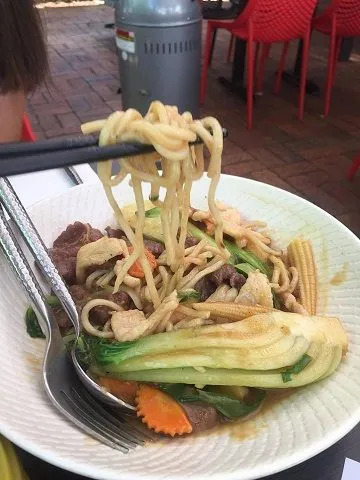 )
)#Mallsballers hit me up for a Yum Cha session soon!
